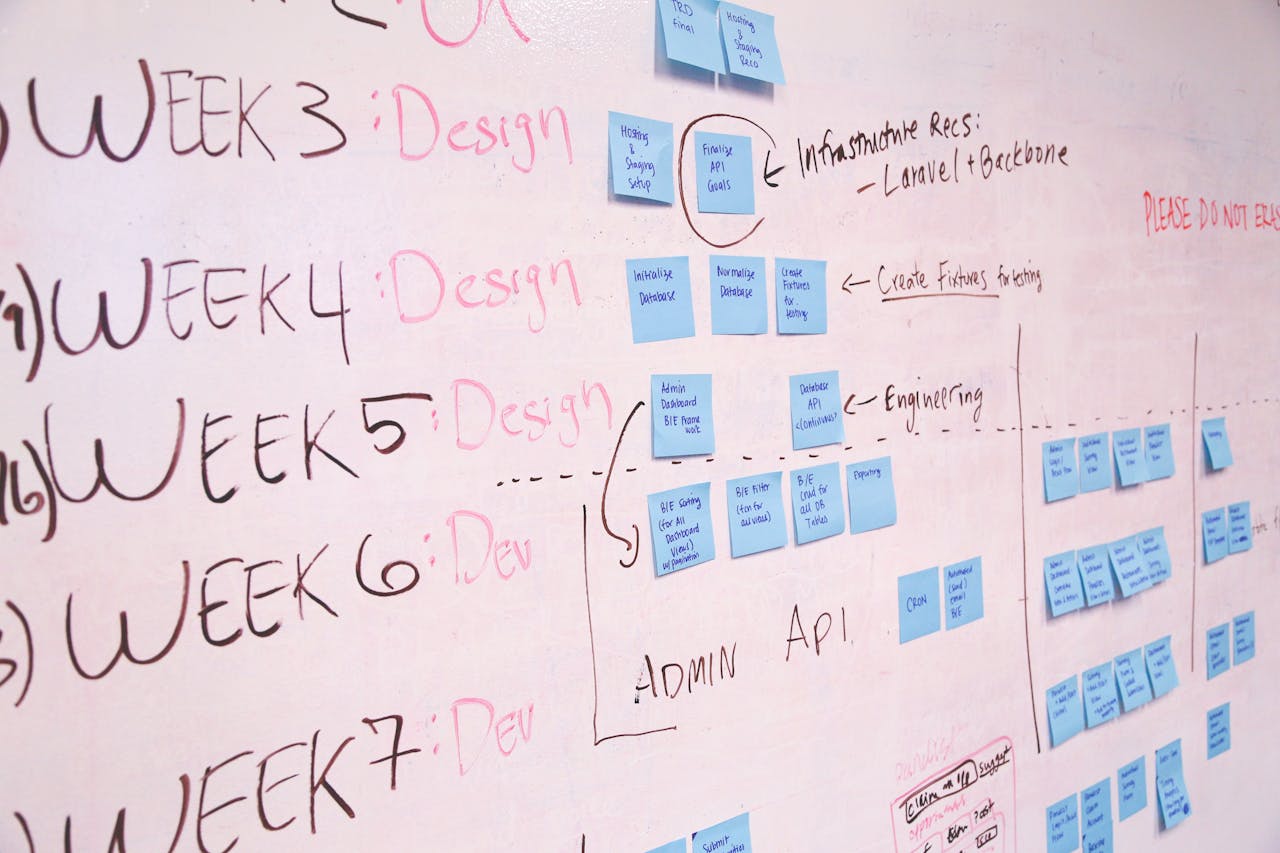Prioritize and Plan
Develop a Comprehensive Plan: Create detailed project plans that outline tasks, timelines, and responsibilities. Use project management software like Microsoft Project, Jira, or Asana to keep track of progress and deadlines.
Daily and Weekly Planning: Break down larger tasks into daily and weekly goals. Prioritize tasks based on urgency and importance, ensuring critical systems administration tasks are scheduled alongside project management duties.
Leverage Automation Tools
Automation: Use automation tools for routine systems administration tasks. Tools like Ansible, Puppet, or PowerShell scripts can automate deployments, updates, and monitoring, freeing up time for project management tasks.
Integrated Tools: Utilize tools that integrate both project management and systems administration capabilities. Platforms like ServiceNow or Jira Service Management can help manage projects and IT operations in one place.
Effective Communication
Stakeholder Engagement: Maintain regular communication with stakeholders and team members. Provide updates through emails, meetings, or dashboards to keep everyone informed and engaged.
Clear Documentation: Document all processes, configurations, and project details. This not only helps in knowledge transfer but also in troubleshooting and avoiding redundant work.
Develop a Robust Work Breakdown Structure (WBS)
Task Decomposition: Break down projects into smaller, manageable tasks. This makes it easier to assign specific tasks to team members and track progress without feeling overwhelmed.
Clear Documentation: Document all processes, configurations, and project details. This not only helps in knowledge transfer but also in troubleshooting and avoiding redundant work.
Maintain Flexibility
Adaptability: Be prepared to adjust plans as new issues or priorities arise. Flexibility is crucial in handling unexpected system issues while keeping projects on track.
Resource Allocation: Reallocate resources as needed based on project demands and system needs. Having a flexible team structure can help address urgent issues without significantly impacting project timelines.
Time Management
Avoid Time Wasters: Eliminate unnecessary meetings and focus on productive communication. Consider asynchronous communication tools like Slack or Microsoft Teams to reduce meeting times.
Time Blocking: Use time-blocking techniques to dedicate specific hours of the day to project management and systems administration tasks. This helps in maintaining focus and reducing context switching.
Continuous Learning and Improvement
Stay Updated: Regularly update your skills and knowledge in both project management and systems administration. This includes staying current with the latest tools, methodologies, and best practices.
Feedback and Improvement: Seek feedback from your team and stakeholders to identify areas for improvement. Regularly review and refine your processes to enhance efficiency and effectiveness.



